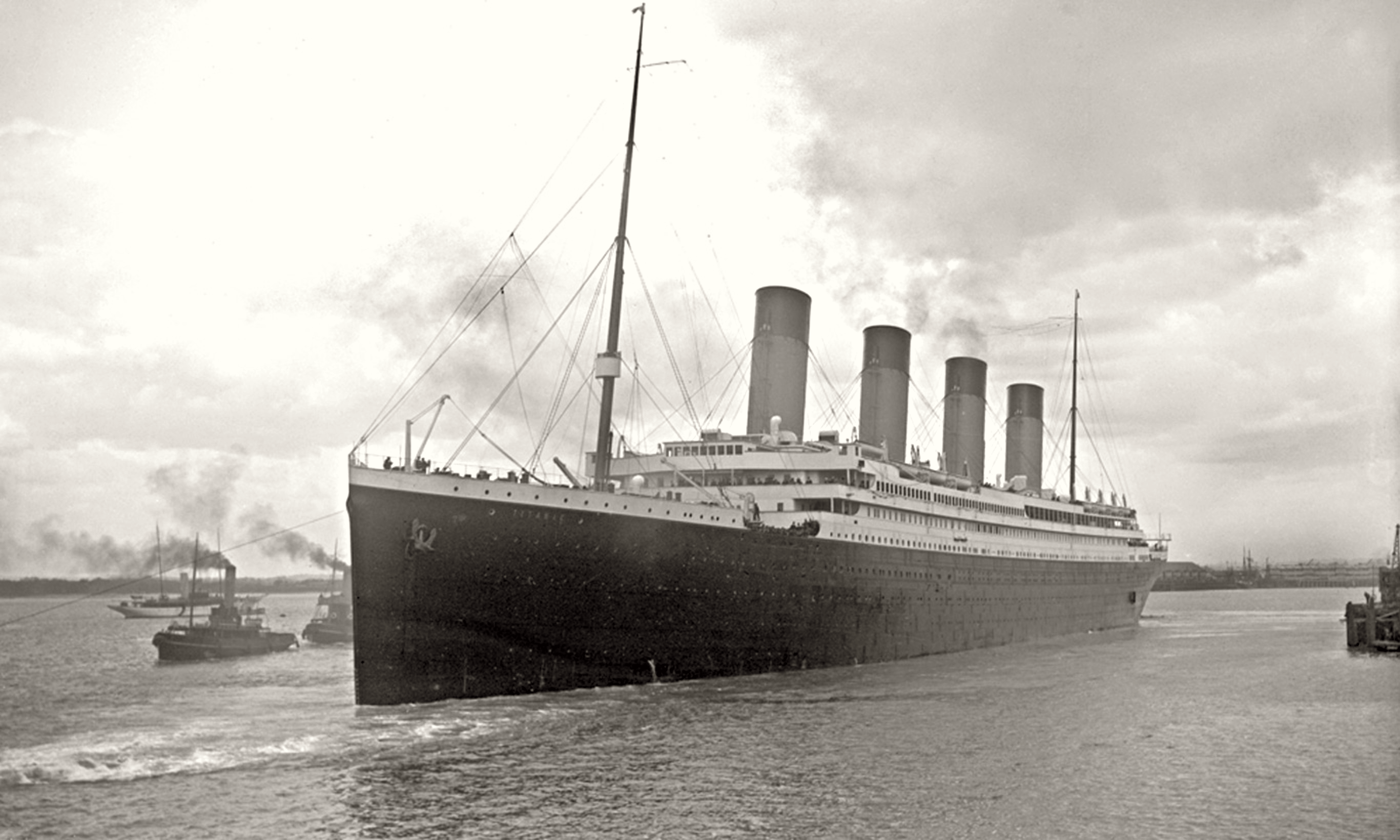8 Quirky Facts About Live Theatre That Will Amaze You
Theatre has been an integral part of human civilization for centuries, as a mirror to society and a platform for storytelling. Its roots can be traced back to ancient rituals and ceremonies, evolving through time to become a sophisticated art form. Despite the rise of digital media, live theatre continues to thrive, drawing audiences with its unique blend of creativity and authenticity. This article will uncover eight quirky facts about live theatre, each revealing a different facet of its magic. From the origins of certain traditions to the surprising ways theatre impacts our lives, prepare to be amazed by the enchanting world of live theatre.
1. The Origins of the Green Room: A Nod to Nature
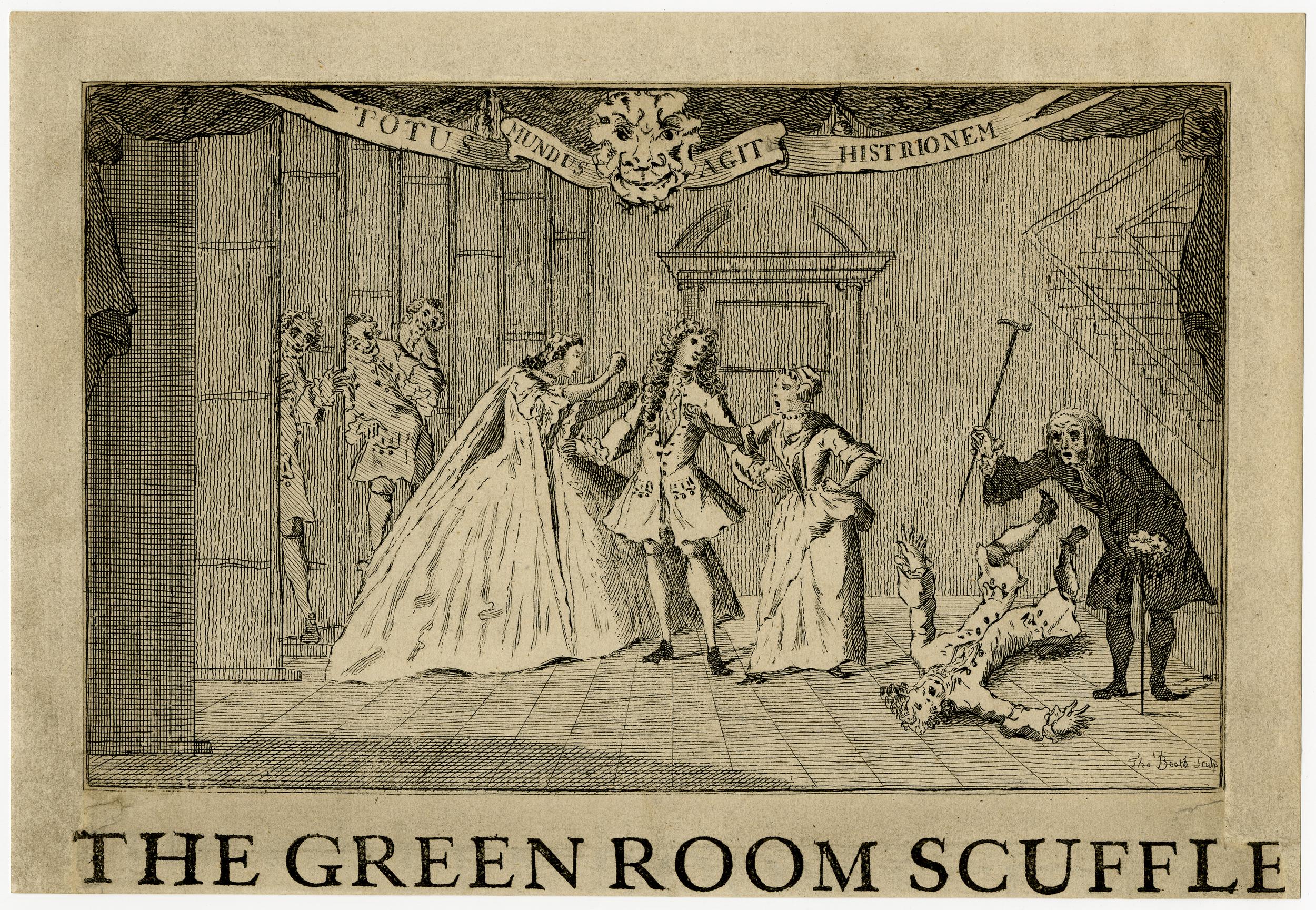
The term "green room" is a staple in theatrical jargon, referring to the space where actors relax before and after performances. But why is it called a "green" room? The origins of this term are shrouded in mystery, with several theories offering explanations. One popular theory suggests that the green room was originally painted green to rest the actors' eyes after exposure to bright stage lights. Another theory posits that the term dates back to the 16th century, when actors would wait in a room filled with plants and greenery, believed to have calming properties. Regardless of its origins, the green room remains an essential part of theatre culture. It serves as a sanctuary for performers, a place where they can prepare mentally and physically for their roles. The concept of the green room highlights the importance of creating a supportive environment for artists, allowing them to deliver their best performances. This quirky piece of theatre history underscores the industry's commitment to nurturing talent and ensuring the well-being of its performers, a tradition that continues to this day.
2. Ghost Lights: Superstition Meets Safety
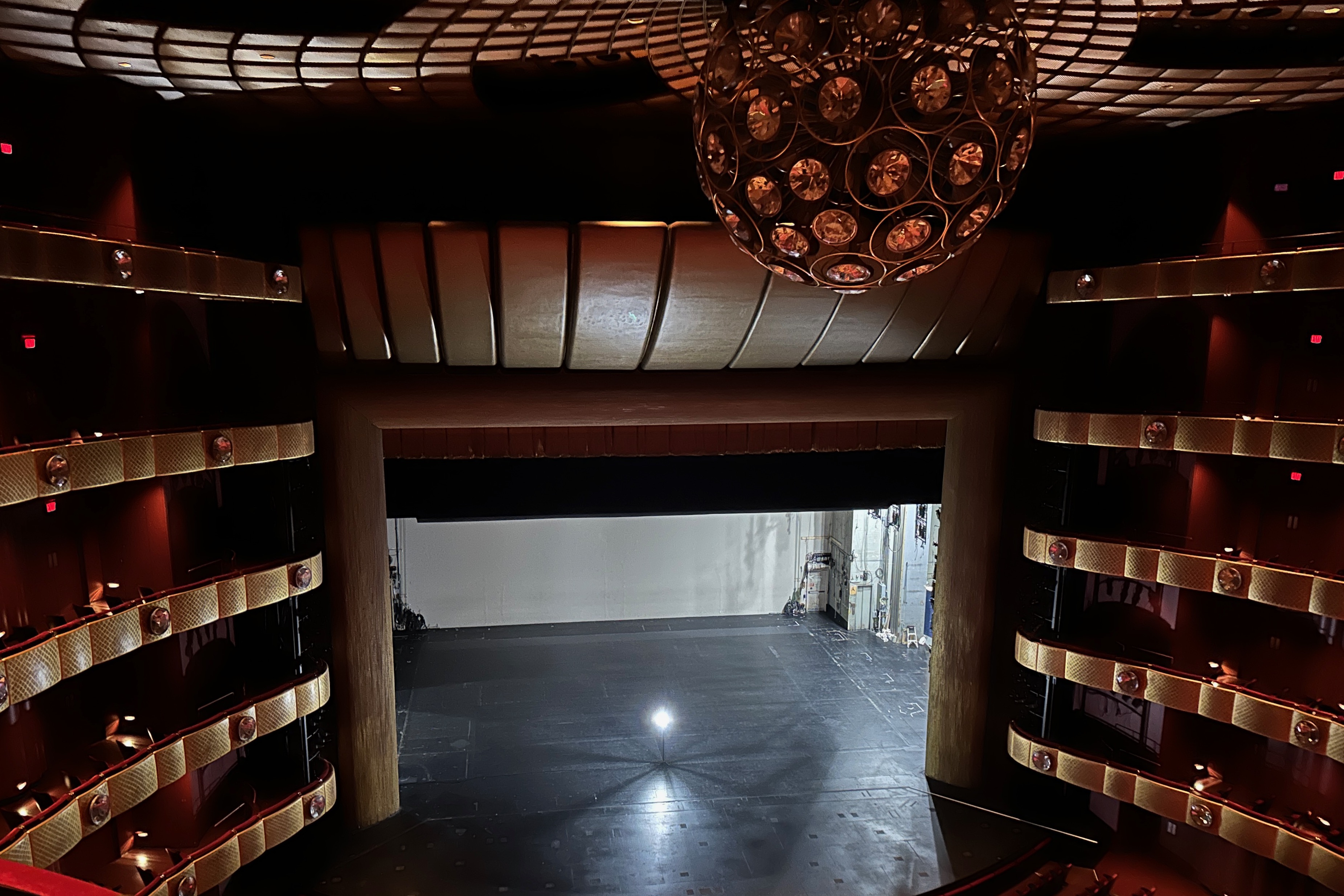
In the theatre world, superstition and tradition often go hand in hand. One such tradition is the ghost light, a single bulb left burning on stage when the theatre is unoccupied. While its primary purpose is safety—preventing accidents in a darkened theatre—the ghost light is steeped in superstition. Legend has it that the light wards off mischievous spirits that might haunt the theatre, ensuring the space remains protected and welcoming for future performances. The ghost light symbolizes the enduring connection between theatre and the supernatural, a relationship that dates back to ancient times. Many theatres worldwide are rumored to be haunted, with stories of ghostly apparitions and unexplained phenomena adding to their mystique. The ghost light serves as a reminder of the theatre's rich history and the countless souls who have graced its stages. This blend of practicality and superstition exemplifies the unique charm of live theatre, where tradition and modernity coexist harmoniously.
3. The Curse of Macbeth: A Theatrical Taboo
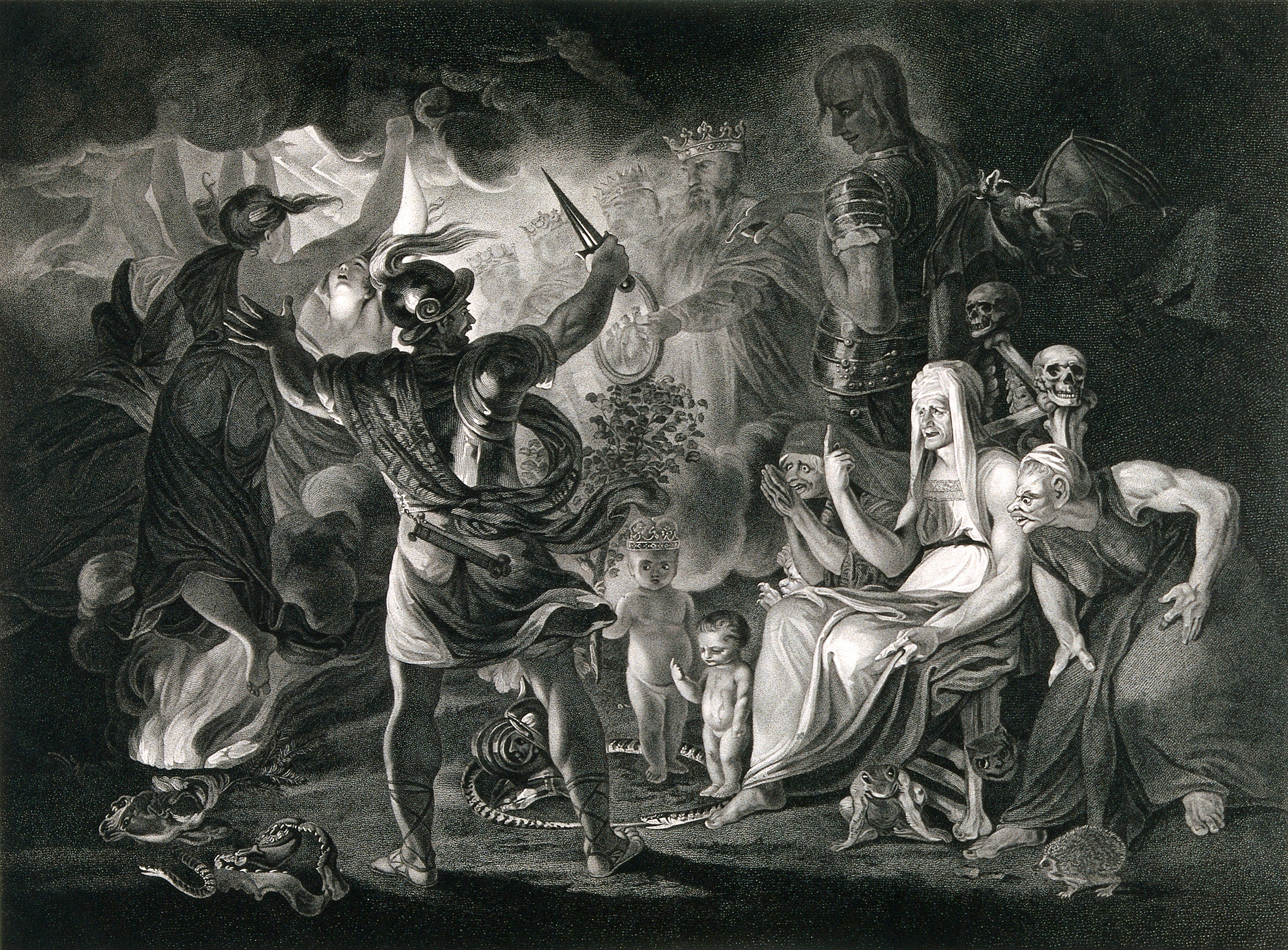
"The Scottish Play" is a term theatre professionals use to refer to Shakespeare's "Macbeth" without uttering its name. This superstition stems from the belief that mentioning "Macbeth" inside a theatre brings bad luck. The origins of this curse are unclear, but it is thought to be linked to the play's dark themes and the inclusion of real spells in its text. Over the years, numerous accidents and mishaps during productions of "Macbeth" have fueled the superstition, leading to its notorious reputation. Actors have developed rituals to cleanse the theatre of its effects and counteract the curse. These rituals often involve spinning in circles, spitting over one's shoulder, or reciting specific lines from other Shakespearean plays. While some dismiss the curse as mere superstition, others take it very seriously, fervently adhering to these rituals. The "Macbeth" curse highlights the deep-rooted traditions and beliefs that permeate the theatre world, adding an element of intrigue and mystery to its already fascinating landscape.
4. The Role of the Stage Manager: Unsung Heroes of the Theatre
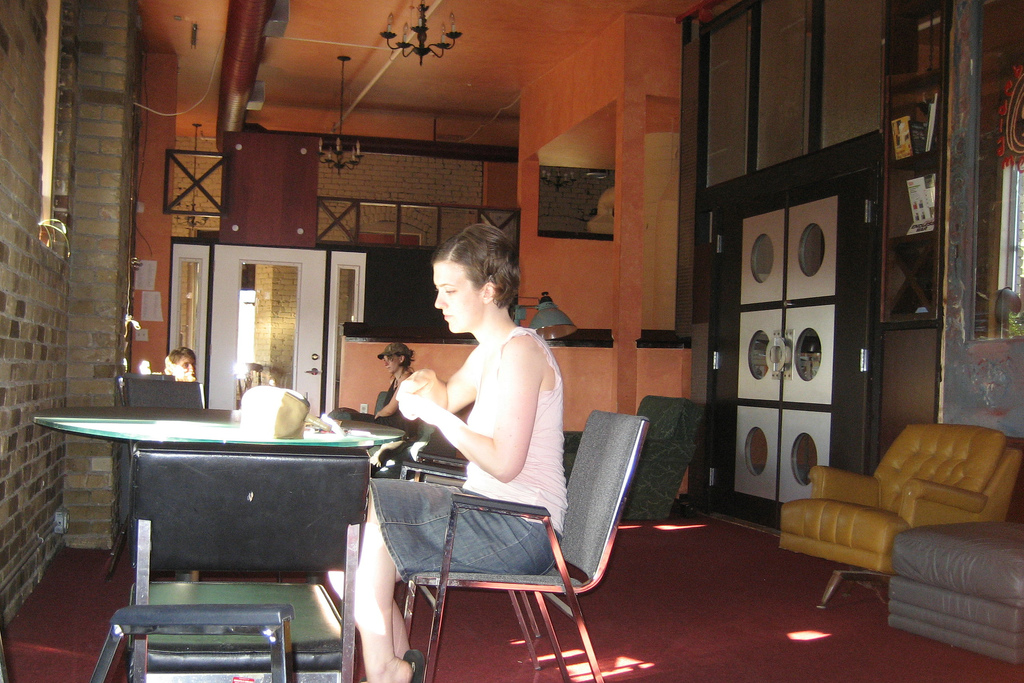
Behind every successful theatre production is a dedicated stage manager, orchestrating the myriad elements that bring a performance to life. Often referred to as the "unsung heroes" of the theatre, stage managers coordinate rehearsals, manage technical cues, and ensure everything runs smoothly during a show. Their role is crucial, yet often overlooked, as they work tirelessly behind the scenes to support the cast and crew. Stage managers possess unique skills, combining organization, communication, and problem-solving abilities. They serve as the central point of contact for everyone involved in a production, from directors and designers to actors and technicians. Their ability to remain calm under pressure and adapt to unforeseen challenges is essential to the success of any show. The stage manager's role exemplifies the collaborative nature of theatre, where teamwork and dedication are paramount to creating a seamless and magical experience for the audience.
5. The Evolution of Audience Etiquette: From Rowdy to Respectful
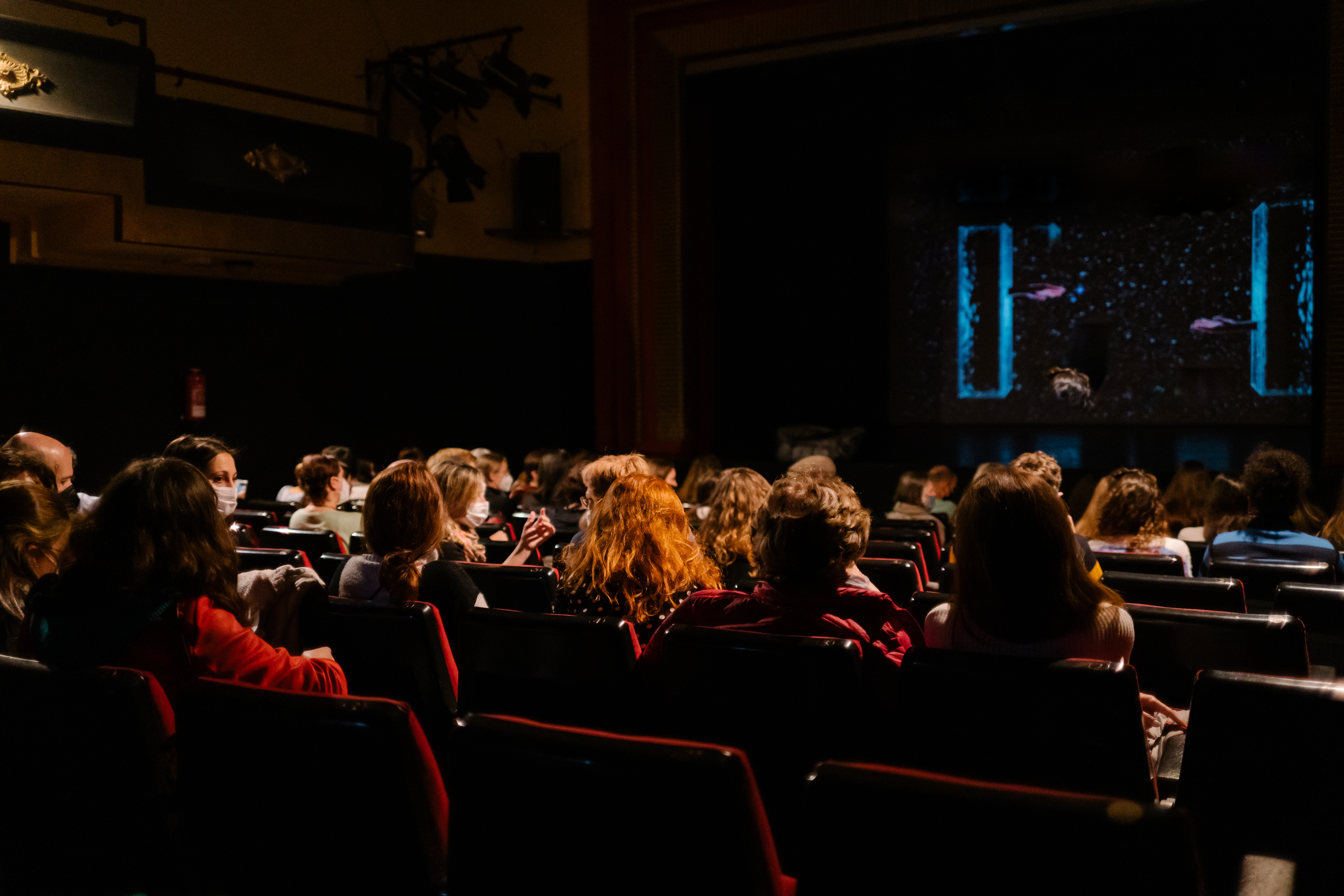
Theatre audiences have evolved significantly over the centuries, with changes in etiquette reflecting broader societal shifts. In the past, theatre was a more raucous affair, with audiences engaging vocally with performances and even throwing objects at the stage. This lively atmosphere was a hallmark of early theatre, where the boundary between performers and spectators was more fluid. As theatre became more formalized, audience behavior gradually shifted towards a more respectful and subdued demeanor. Today, theatre audiences are expected to adhere to certain etiquette, such as refraining from talking during performances and silencing electronic devices. This evolution reflects a greater appreciation for the art form and a desire to create an environment conducive to storytelling. Despite these changes, the interactive nature of theatre remains intact, with audiences playing a crucial role in the energy and success of a performance. The evolution of audience etiquette underscores the dynamic relationship between performers and spectators, a defining characteristic of live theatre.
6. The Art of Improvisation: Embracing the Unexpected
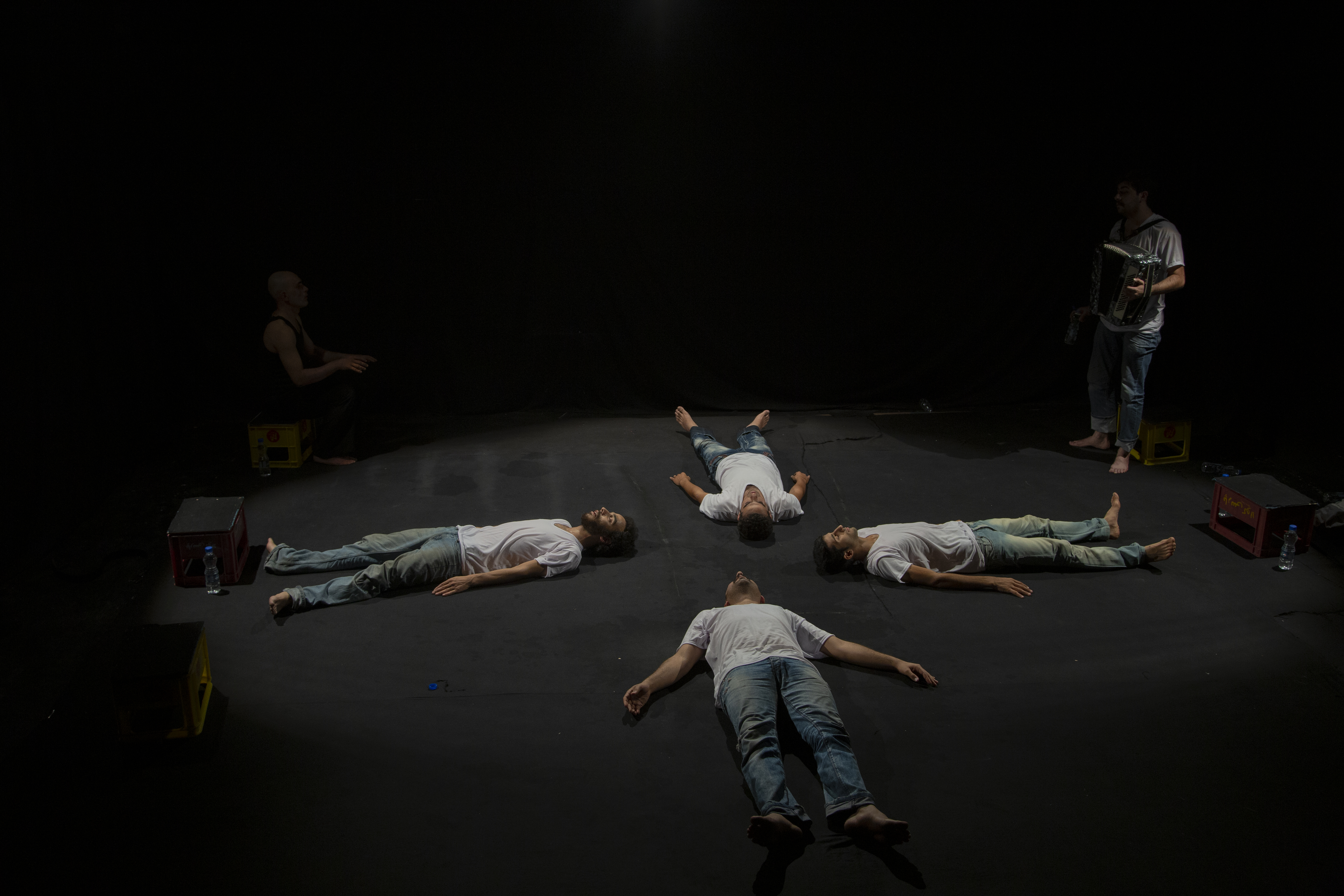
Improvisation is a vital skill in theatre, allowing actors to adapt to unexpected situations and keep the show running smoothly. While rehearsals aim to perfect a performance, live theatre is inherently unpredictable, with the potential for technical glitches, forgotten lines, or other unforeseen challenges. In such moments, improvisation becomes essential, enabling actors to think on their feet and maintain the illusion of a seamless production. The art of improvisation is rooted in spontaneity and creativity, encouraging actors to trust their instincts and embrace the unexpected. It fosters a sense of camaraderie among cast members, as they rely on each other to navigate any surprises that may arise. Improvisation is a testament to an actor's skill and a celebration of the live aspect of theatre, where each performance is unique and unrepeatable. This ability to adapt and innovate is a hallmark of theatre's enduring appeal, captivating audiences with its authenticity and vitality.
7. The Influence of Theatre on Language: From Phrases to Idioms

Theatre has profoundly impacted language, contributing a wealth of phrases and idioms to everyday speech. Today's Many expressions originate in the theatre world, reflecting its cultural significance and influence. Phrases like "break a leg," "in the limelight," and "upstaged" all have theatrical roots, illustrating the art form's pervasive impact on language and communication. Theatre's influence on language extends beyond idioms, shaping how we express emotions and ideas. Playwrights like Shakespeare have enriched the English language with their inventive use of words and phrases, many of which have become ingrained in our lexicon. This linguistic legacy highlights the power of theatre to transcend its medium, leaving a lasting imprint on culture and society. The interplay between theatre and language underscores the art form's role as a catalyst for creativity and expression, inspiring generations of artists and audiences alike.
8. The Role of Costumes: Transformative Power of Attire
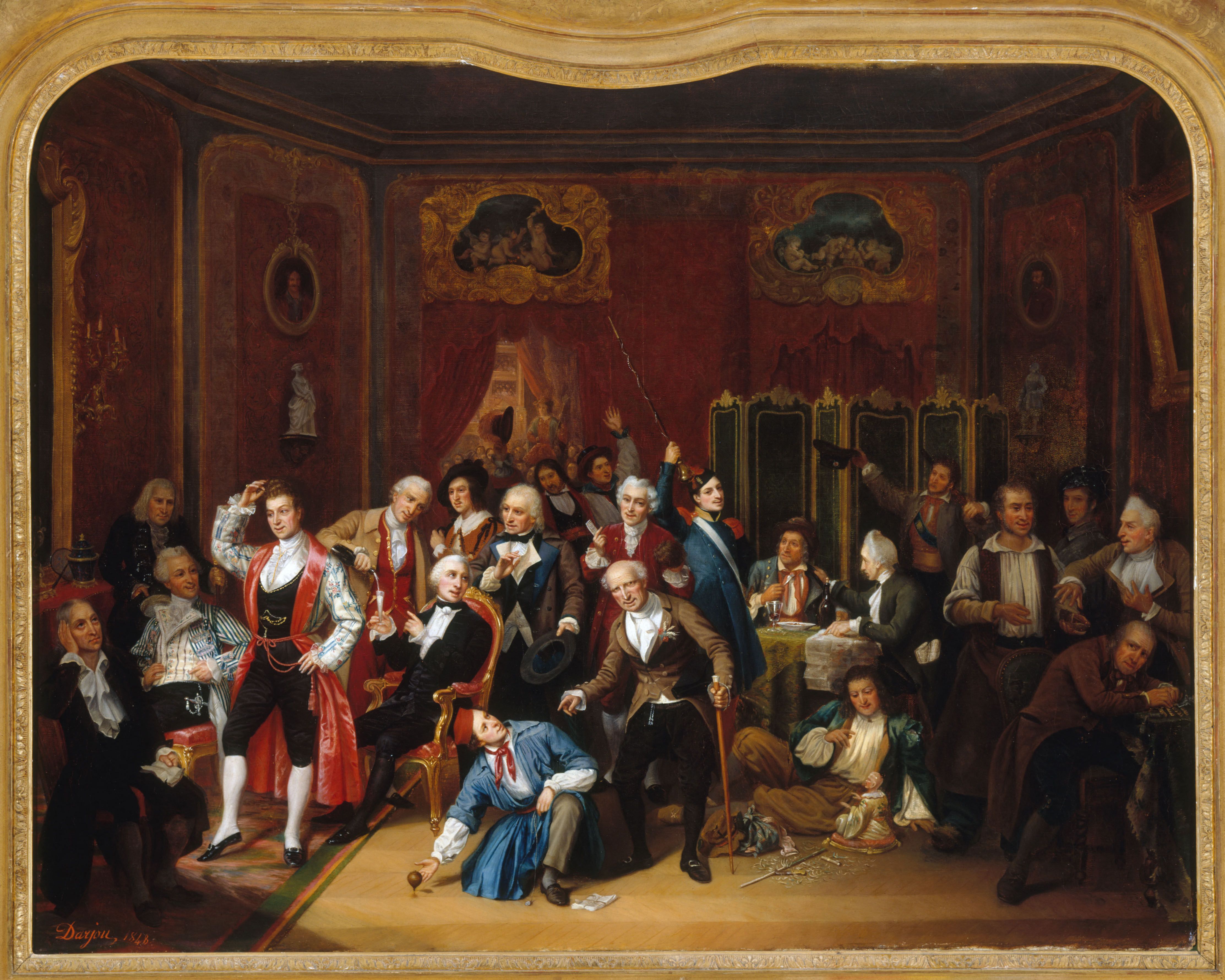
Costumes are an integral part of theatre, visually representing a character's identity, status, and personality. The transformative power of costumes lies in their ability to transport both actors and audiences into the world of the play, enhancing the storytelling and emotional impact. Costume designers work closely with directors and actors to create attire that reflects the character's journey and the production's overall aesthetic. The costume design process involves extensive research and creativity, drawing inspiration from historical periods, cultural influences, and artistic styles. Costumes contribute to a performance's visual spectacle and play a crucial role in an actor's portrayal, helping them embody their character fully. The art of costume design celebrates creativity and collaboration, highlighting the multifaceted nature of theatre as an art form. This transformative power of costumes adds another layer of magic to live theatre, captivating audiences with its visual storytelling.
As we uncover the magic of live theatre, it becomes clear that its appeal transcends time and place, resonating with the human experience in profound ways. Whether through laughter, tears, or reflection, theatre can move us, challenging our perceptions and enriching our lives. The timeless allure of live theatre lies in its ability to connect us to our shared humanity, reminding us of the beauty and complexity of our world. As the curtain falls, the magic of theatre lingers, leaving an indelible mark on our hearts and minds.






